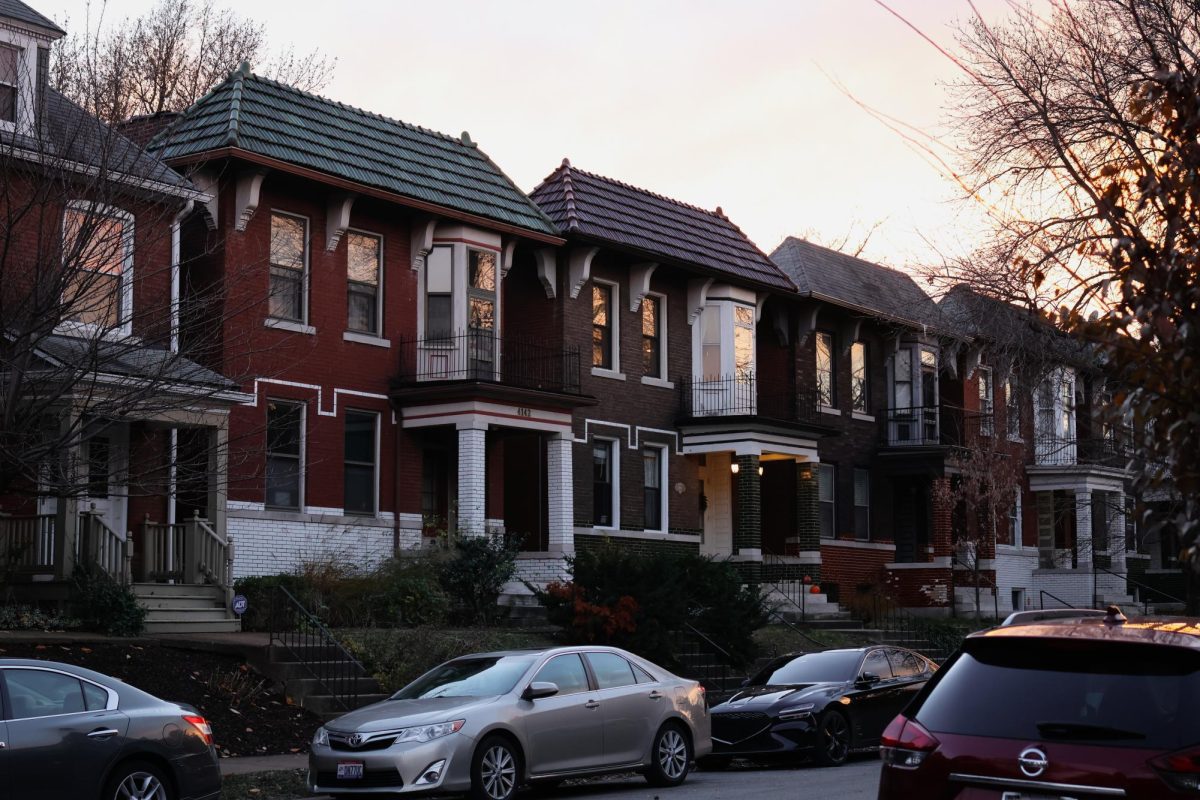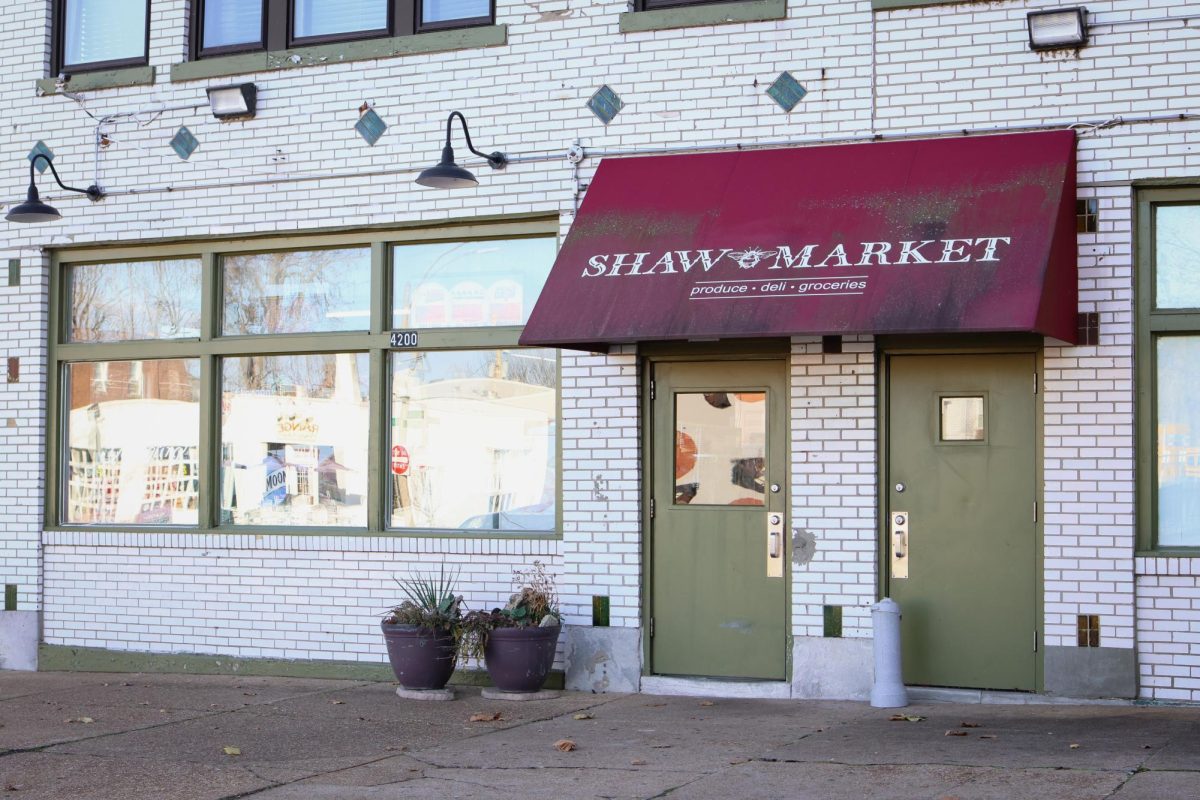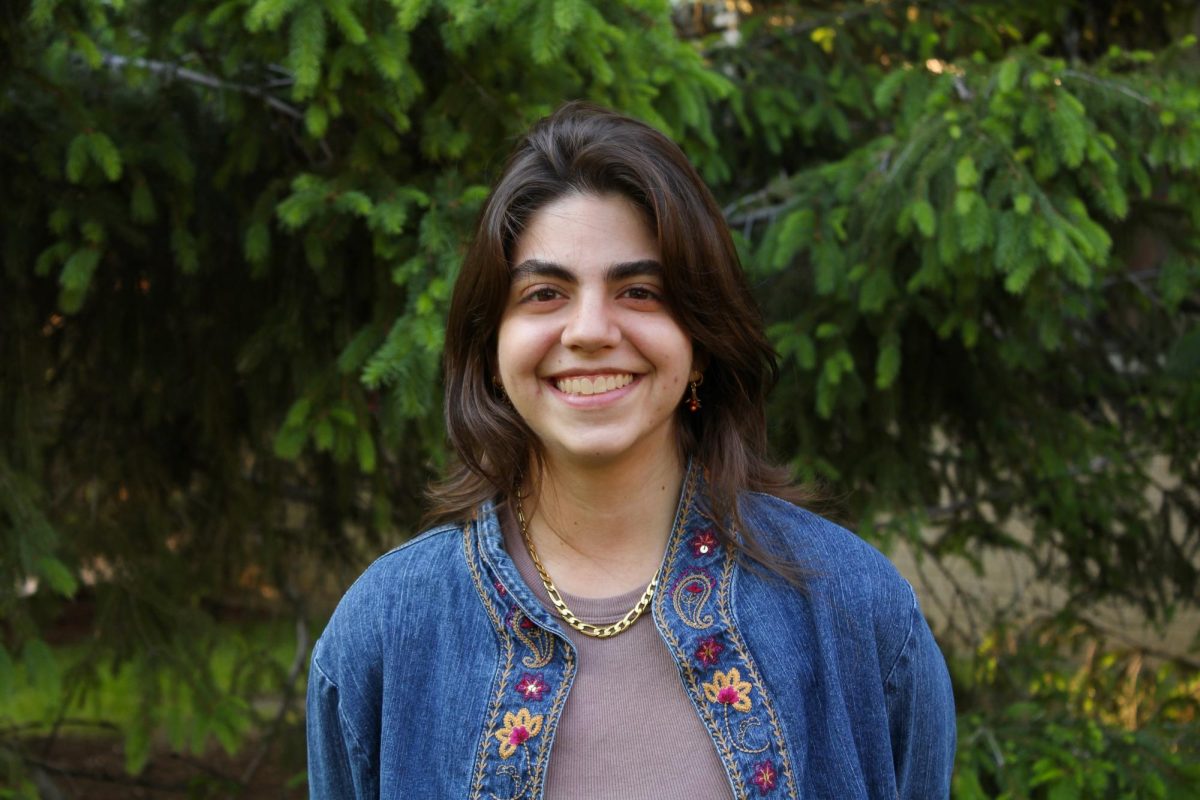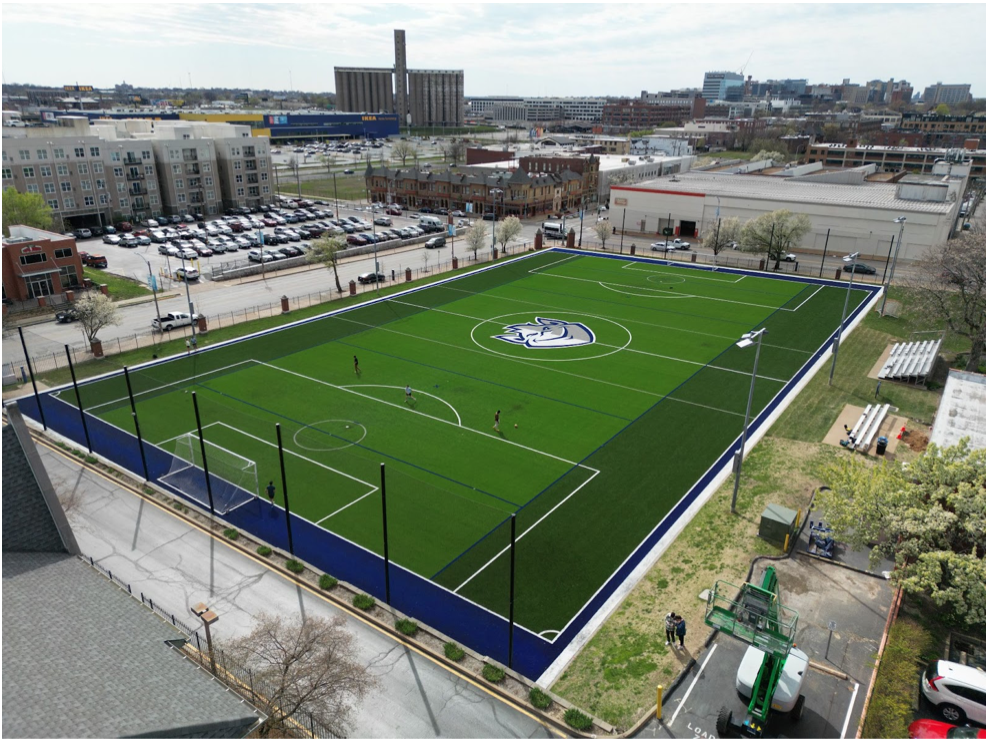The Shaw Neighborhood, previously deemed unwelcoming to outsiders, has undergone a profound transformation, now emerging as an up-and-coming area due to gentrification.
The gentrification in the South City neighborhood began around 15 years ago. Homes in Shaw began to be remodeled causing significant price increases that forced many tenants, mainly African American, to move out and sell their homes. In recent years, a variety of new businesses have trickled into the neighborhood as well.
Tenants report being forced out through a variety of tactics. Neighbors were being pushed out due to rent increases, supposed house burnings and others being offered large sums of money to move out.
When 42-year-old Torrence Mann moved to Shaw, about 12 years ago, it was what he considered a bad neighborhood.
“This place was kinda rough around here,” said Mann. “A lot of dope selling, a lot of gang activity and stuff like that. A lot of shooting and killing, just around here.”
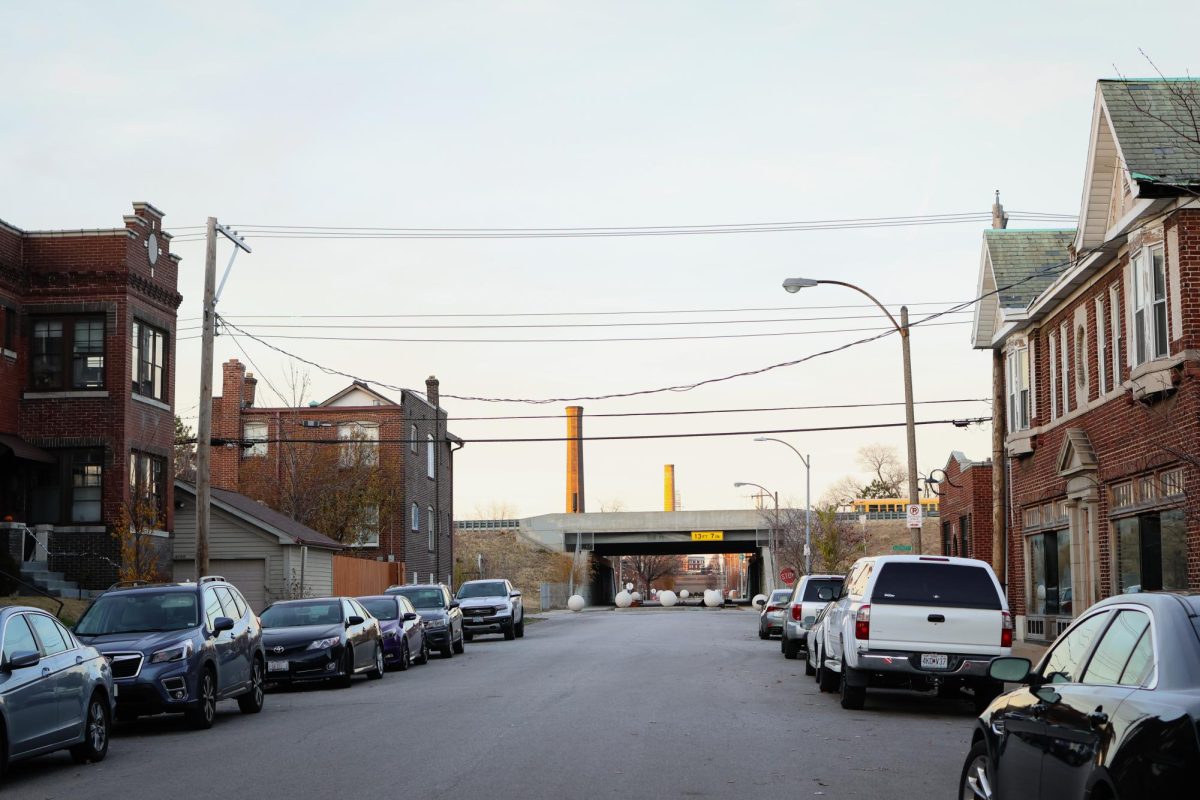
Deshawn Griffin, who has lived in the neighborhood for 15 years, describes a similar experience.
“When we first moved here, it was a lot of hanging out and a lot of rough little parts, violent,” Griffin said. “I encountered my friend getting killed by the police, I saw people getting robbed over here and a bunch of shootings.”
As more businesses entered Shaw, homeowners were offered cash offers of up to $200,000 in profit for their homes, according to Griffin.
“This is a historic neighborhood now. So every historic [building] still standing they would like to own or make their own,” said Griffin.
Griffin said that to this day, people are still fighting with property buyers to avoid being forced out. He knows one lady in the area who refuses to sell her house no matter how much money they offer her, so that she can keep it for her kids and grandkids.
For some like Mann, he underwent drastic price increases. This included taxes and cost of living rising rapidly.
Mann alleged that people were either “bought out or ran out.” He said that there were tenants whose houses were purposefully burned down, which forced them to move out of the neighborhood. According to Mann, this was so that the houses could be rebuilt and put on the market for a higher price. He said that these claims were made from multiple people within the neighborhood including people he knew, but they remain unsure of what caused the fires.
Shaw is now filled with urban renewal, with updated homes and numerous businesses that have entered the neighborhood such as the cafe Fiddlehead Fern, Sasha’s Wine Bar, Bailey’s Range and Lamiaa Botanicals.
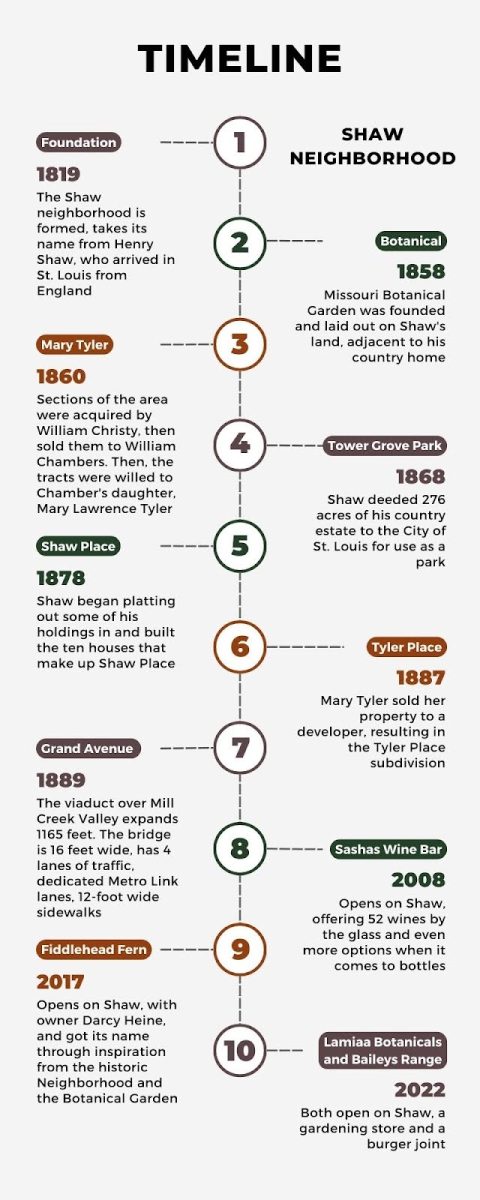
“At first there wasn’t that, there were stores and just abandoned spots [before],” said Griffin. “Then they turned them into restaurants, there were old [abandoned] schools that they’ve turned into actual homes now, lofts. When the schools opened their courts back up, you don’t see as much negativity around here.”
Conversely, there has been high price increases and vast demographic changes.
According to Shaw census data in the 2000’s, Shaw’s African American population was 4,657 and the white population was 3,136. Most recently, in 2020, the white population has increased by 46% to 4,580 and the African American population has decreased by 67% to 1,516.
Jack, a resident in Shaw, works with multiple organizations around the neighborhood. He and his family moved to Flora Place in Shaw during the 2000’s where the homes currently average out to be $645,445. One street over on Russell, the average house costs are nearly half those on Flora Place being $359,676.
He recalls that when he and his family had just moved to the neighborhood, that it was the start of the demographic and urban renewal changes.
“In the last decade or so, there’s been a lot of restaurants opening up,” Jack said. “It’s a lovely walking neighborhood. Each street has its own flavor.”
Jack recalled that there used to be more Black tenants in Shaw, but those homes have been redone as luxury apartments.
“For my adult life, that’s kind of been where I’ve seen firsthand the most change [in demographics],” Jack said.
While Shaw has undergone changes in order to avert crime, some local businesses are still fighting with it.
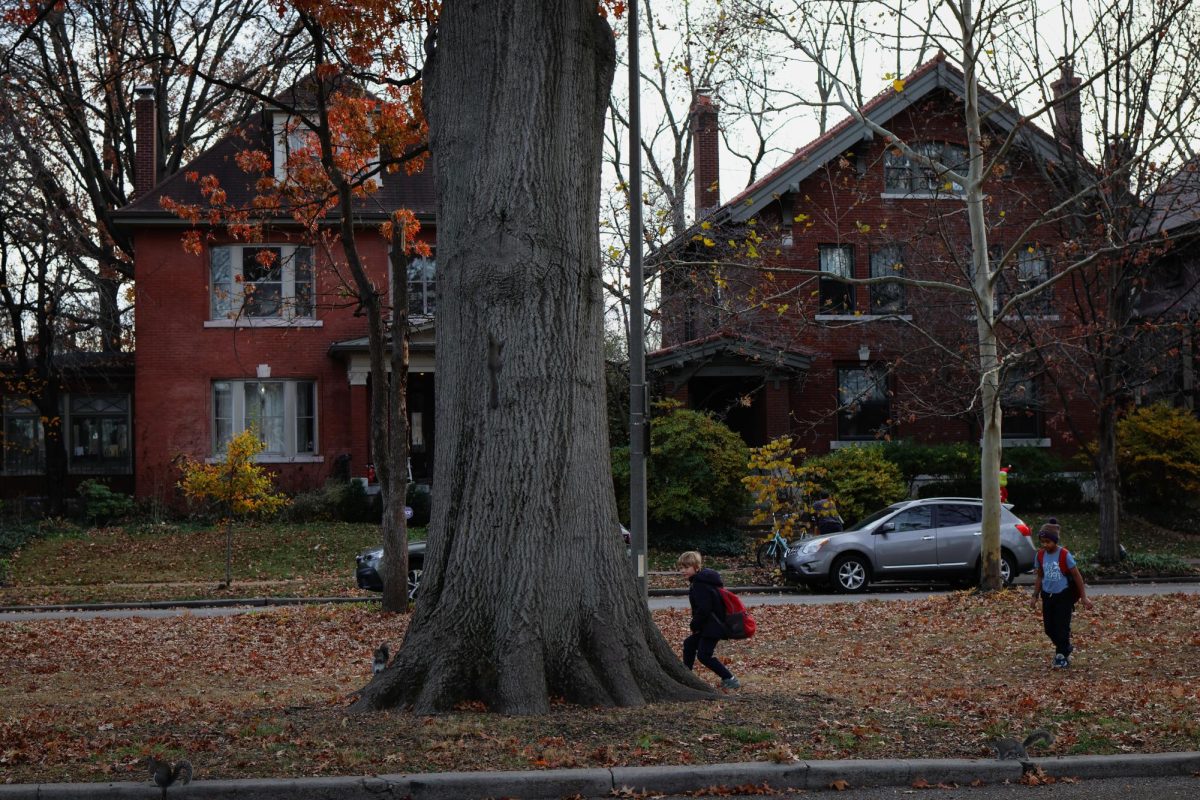
(Nadia Abusoud)
Emily Schranck, bartender and manager on duty at Sasha’s Wine Bar, has worked and lived in Shaw for about two years. At Sasha’s, she said they have had their fair share of crime.
“There was a shooting here in the store a couple years ago,” Schranck said. “This was before I started working here, but it was a personal issue somebody had with a customer. They came in, shot him right in the face and walked out.”
The incident occurred in 2019, and the 36-year-old man who was shot has since recovered.
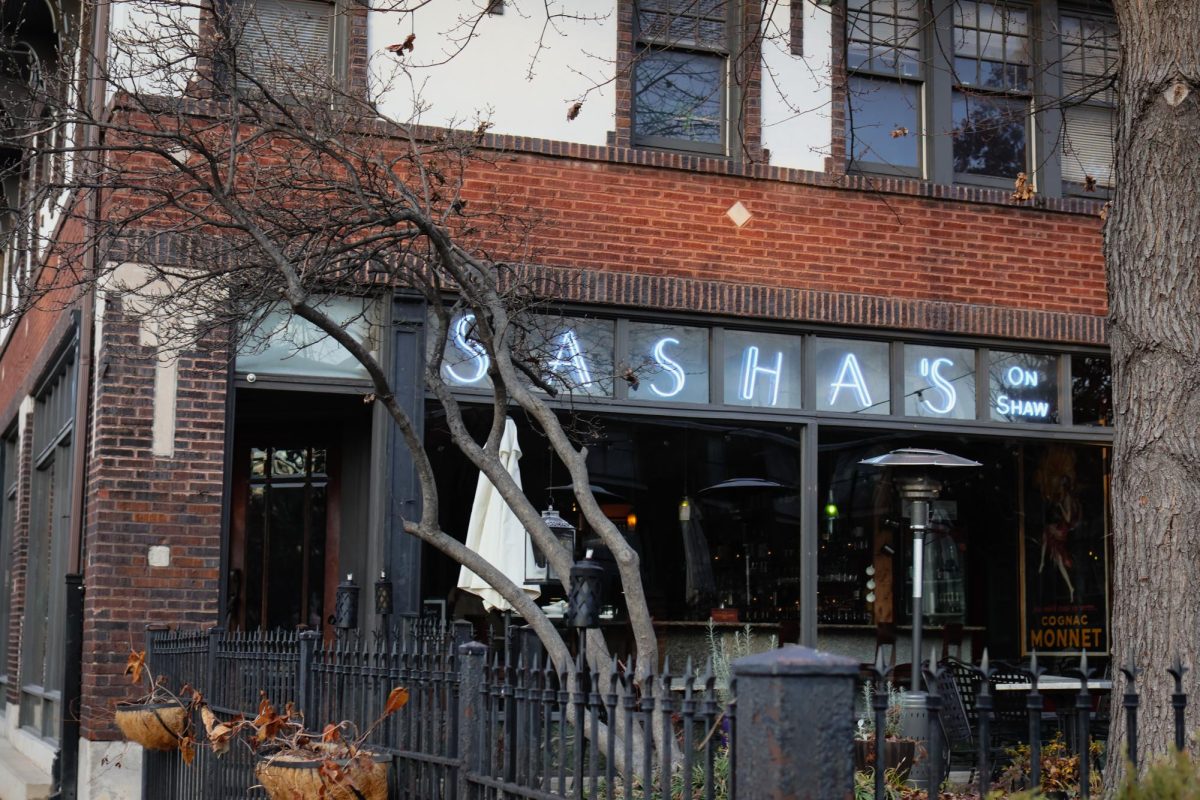
Since this incident, Schranck said that in December an angry customer punched out their front window, a male was shot and killed in his yard in 2022 and there have been numerous hit and runs and carjackings in the area.
“There was a carjacking that happened not too long ago from the plant store right there [Lamaia Botanicals], somebody stole her car. She [the owner] said it was some teenage boys,” Schranck said.In 2022 there were a total of 44 person-related crimes in Shaw and 446 property crimes according to NIBRS crime comparison by neighborhood. In 2005 this number looked much higher, with 663 total crimes reported.
Owner of the Shaw Market, Berhe Beyene, who is from Eritrea, took over the market over 10 years ago. Beyene said that he noticed changes, and it has been a lot quieter around Shaw. Though he said the increase in new businesses has caused a decrease in business at his market.
“[Clientele] went down,” Beyene said. “I know people didn’t expect it, but it did.”
As far as crime goes, Beyene said that he probably experiences more break-ins now then before gentrification consumed Shaw. Despite this, he believes that customers will always appreciate local businesses more.
To encourage locals to come, Beyene serves Eritrean food every Wednesday starting at 5:30 p.m. from the deli section of the market.
Shaw as it stands today has made many changes within the past 15 years and is still working to become a thriving neighborhood as new businesses are planned to enter the neighborhood in the next few years.
For Mann, the changes in Shaw had a good impact on his life for him and his kids.
“It was a busy street,” Mann said. “I mean, every neighborhood is a bad neighborhood. It was a bad neighborhood sometimes, but they cleaned it up and for the last 10 years it has been clean around here. I would say around Shaw and living around Shaw it’s pretty good right now.”
Nadia Abusoud contributed to this reporting.




